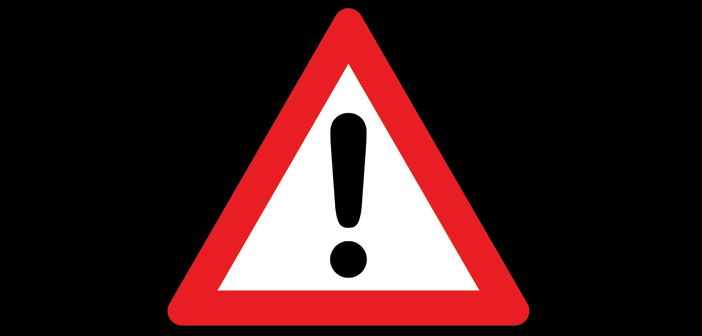Incidents during the summer 2022 season have been more numerous than historical trends would predict. The two most frequent causes of this increase have been moving vehicle accidents—involving ATVs, UTVs, and golf carts in particular—and construction-related activities.
Operators should take appropriate steps to ensure the proper and safe conduct of these activities. Granite Insurance has not formally conducted its annual incident trend analysis, so we can’t dive into the specific causes of the incidents at this time. However, it’s possible that the rise in incidents is related to a lack of seasoned staff and the difficulty in finding staff. It’s important to ensure that new or inexperienced staff receive sufficient training, especially regarding the activities involved in these incidents.
ATVS, UTVS, AND GOLF CARTS
Injuries involving ATVs and UTVs are not new; we have seen this trend in the past. But despite rising awareness, the trend continues.
As you may recall from previous articles and studies, 52 percent of all claim dollars paid out in 2017-2020 were due to ATVs, UTVs, and golf carts. The percentage of claims arising from vehicle incidents this summer could rise even higher.
Many of these incidents involve the vehicles rolling over; some have occurred while transporting participants, and some have involved employees only. Regardless, these incidents have the potential to impact multiple people, which makes the incidents very costly when they happen.
Operational guidelines. Granite Insurance has prepared a list of training and procedures for operating ATVs, UTVs or golf carts, and suggests that all operations should have their own written list. Among the key points:
1. There should be an approved driver list. Granite recommends that all approved drivers be at least 18 years old.
2. Check the moving vehicle report (MVR) for each potential driver. Decide what qualifications make the employee eligible or ineligible for approval. These can include the number of minor or major violations on his or her record—such as two minor violations (speeding, failure to wear a seatbelt, etc.) or one major violation (DUI, suspended license, etc.).
3. Establish rules and procedures for what to do/not do while operating the vehicle. These can include prescribed routes and turnaround areas, use of seatbelts, a ban on cell phone use while driving, keeping weight evenly distributed, a maximum speed limit (10 mph, say), and keeping the front row clear of extraneous items such as water bottles and other gear.
4. Approved drivers should be trained not only in how to drive the vehicles, but also know the functions of the vehicle, the daily inspection checklist, and how to perform it—including how to document their performance of the inspection.
5. Approved drivers should be required to complete a written and practical test demonstrating knowledge and understanding of procedures, and be reviewed and approved annually.
To find the full list of recommended procedures, go to: https://graniteinsurance.com/wp-content/uploads/2022/07/ATV-UTV-and-Vehicle-Safety.pdf
CONSTRUCTION-RELATED ACTIVITIES
Whenever an incident happens due to construction, the words we typically hear are, “It was a perfect storm. There was a one in a million chance of an accident happening.” However, it seems that many perfect storms have occurred this year. Some of this is due to an increase in construction activity. As the industry matures, and courses mature, the amount of construction and maintenance work only continue to increase. Many of the courses were built 7-10 years ago (or longer), and now require some significant maintenance.
Risk management steps. However, many managers and staff may not be very familiar with heavy maintenance work or expansion. When these activities are underway, we recommend the following risk management steps:
1. Subcontract the construction work to a licensed and insured subcontractor that has experience in the scope of the work.
2. Make sure your organization is listed as additional insured on the contractor’s general liability policy, including waiver of subrogation and primary and noncontributory language in your favor.
3. If heavy equipment is being used (tractors, skid steers, etc.), make sure there is a barrier that prevents them from proceeding underneath or near any zip line or area of operation. Many incidents have occurred when a piece of machinery or ATV/UTV has been parked or passed underneath a line or aerial course, creating a collision with an employee or guest.
4. If work is being done on the course, utilize a “lock out tag out” mechanism that makes it impossible for guests or staff to access the area being worked on, and make sure there is a clear visual sign that “construction (or maintenance) work is in progress, please do not proceed!”
5. Have weekly staff meetings to update your team on where construction or maintenance activities are happening over the coming week. This should be supplemented with a daily reminder that is posted where guides can see it during their check-in for the day.
Taken together, these measures can help operators ensure the safe conduct of these activities and reverse this growing trend toward related incidents.
Granite Insurance is a provider of risk management and insurance solutions to the adventure and entertainment industries. For more information on vehicular or construction practices, contact Cameron Annas at [email protected].






